In this post, we will look at the voltage and power equation of a dc motor and the condition for maximum power in a dc motor.
Voltage Equation of a DC Motor
The voltage V applied across the motor armature has to
- overcome the back emf Eb and
- supply the armature ohmic drop IaRa .

This is known as voltage equation of a motor.
Back EMF and Its Significance in DC Motor
Working Principle of DC Motor
Power Equation of DC Motor

Now, multiplying both sides of voltage equation by Ia , we get
Hence, out of the armature input, some is wasted in I2R loss and the rest is converted into mechanical power within the armature.


The gross mechanical power developed by a motor is
It may also be noted that motor efficiency is given by the ratio of power developed by the armature to its input
Obviously, the higher the value of Eb as compared to V, higher the motor efficiency.
Condition for Maximum Power
The gross mechanical power developed by a motor is
Differentiating both sides with respect to Ia and equating the result to zero, we get
Thus maximum efficiency of a dc motor occurs when back EMF is equal to half the applied voltage.
Important Points
Thus gross mechanical power developed by a motor is maximum when back EMF is equal to half the applied voltage.
This condition is, however, not realized in practice, because in that case current would be much beyond the normal current of the motor.
Moreover, half the input would be wasted in the form of heat and taking other losses (mechanical and magnetic) into consideration, the motor efficiency will be well below 50 percent.

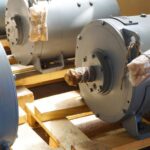
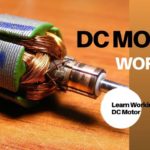
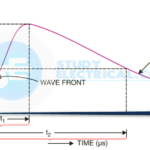
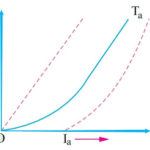
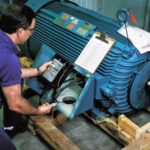
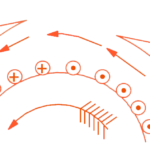
really helpfull , thanks alot.
The best explanations on the whole internet.
Thanks a lot!